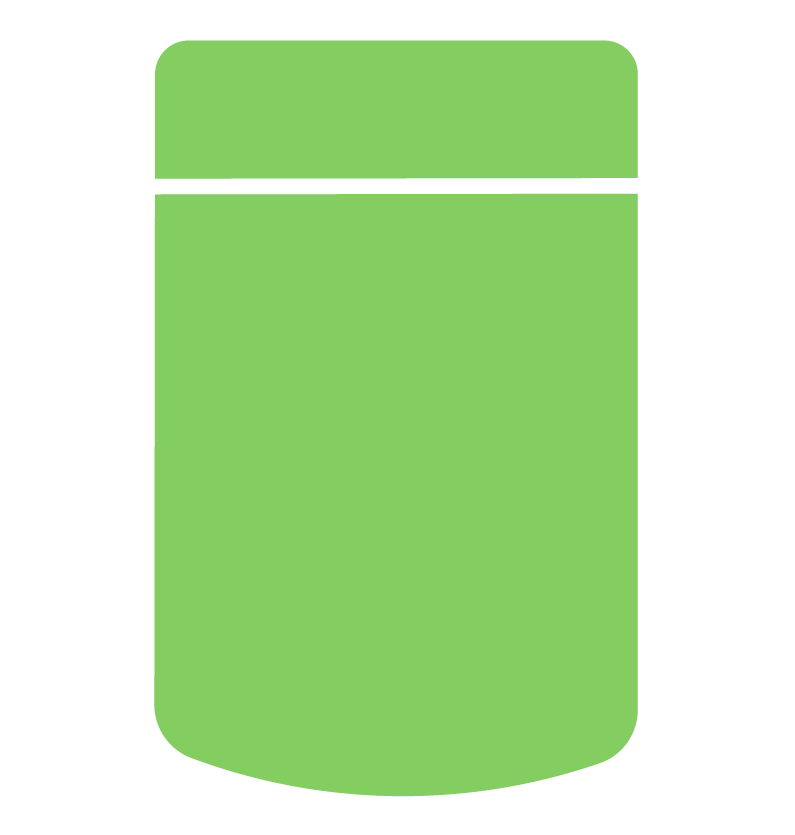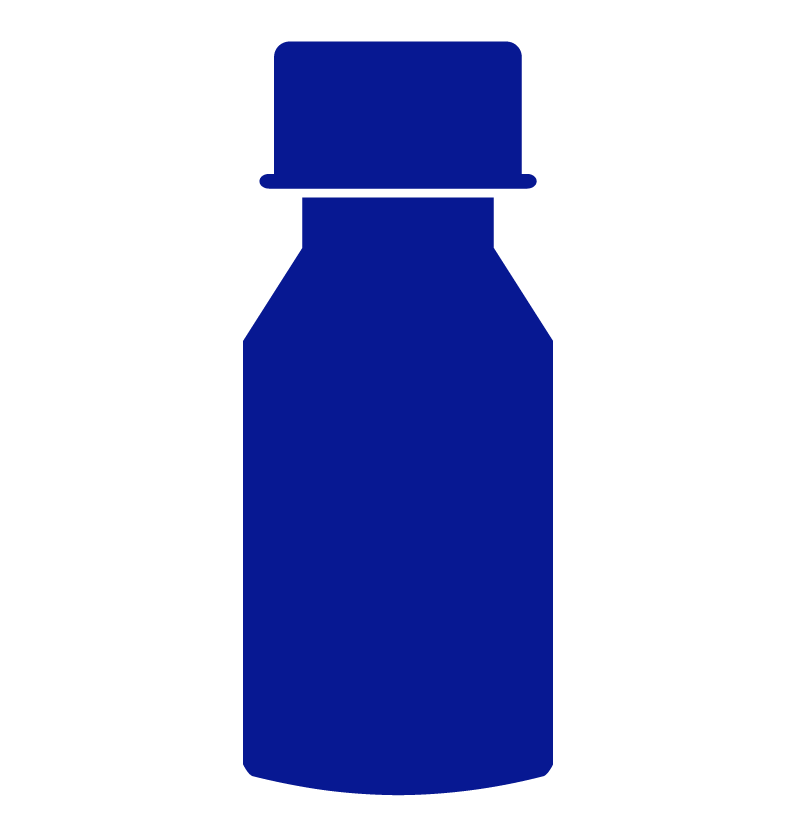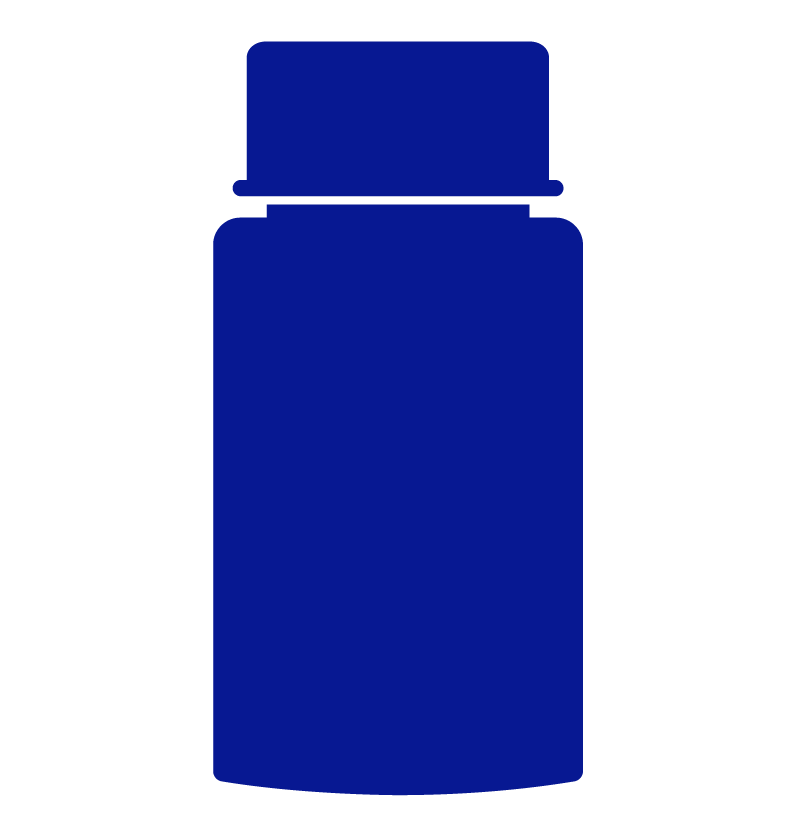The Cannabis Act creates a legal and regulatory framework for controlling the production, distribution, sale and possession of cannabis in Canada. This framework was informed by the recommendations of the Task Force on Cannabis Legalization and Regulation.
The Access to Cannabis for Medical Purposes Regulations (ACMPR) are the new regulations surrounding medical cannabis which were published by Health Canada on August 24th, 2016. The old Marihuana Medical Access Regulations (MMAR) and the newer MMPR coexisted during the transition period from October 1, 2013 until March 31, 2014, at which point the old MMAR was repealed and the new MMPR took full effect. As of April 1, 2014, patients are required to register with a Health Canada approved License Producer in order to access medical cannabis.
A federal court injunction has allowed MMAR patients with pre-existing Personal Use Production Licences (PUPL) or Designated-Person Production Licenses (DPPL) to continue to grow their own cannabis or to have a designated producer continue grow cannabis on their behalf, at least temporarily, until the court case has been resolved.
Cannabis taxonomy is complicated, and is subject to debate. However, Indica and Sativa are species of the genus Cannabis.
The purported attributes of Indica-dominant strains are that they tend to be sedative, and thus are frequently found to provide feelings of deep relaxation. Physically, the plant has shorter and broader leaves.
On the other hand, sativa-dominant strains are frequently regarded as being more stimulating, energizing and uplifting, and have been found to increase focus as well as encourage creativity and promote alertness. The leaves of the sativa strains are longer and thinner.
Due to centuries of cross-breeding, it is now extremely rare to find a purely Indica or Sativa strain. In fact, almost all cannabis plants are hybrids. Evidence-based, peer-reviewed studies using chromatography analysis has patently debunked the pop-culture myths of differing effects associated with these two respective ancestral strains; by all estimates, this is purely anecdotal. The only way to properly classify cannabis plants for therapeutic benefit, is by their percentage content of various clinically active cannabinoids, typically THC and CBD.
As we learn more and more about the medicinal properties of the cannabis plant, we are coming to understand that the terpenes and flavonoids, which we previously thought were only responsible for the smell and taste of the plants (the cannabinoids themselves are entirely odorless), likely also have varying degrees of biological activity.
Cannabinoids are a a group of compounds which act on the body’s cannabinoid receptors. ‘Endocannabinoids’ are the cannabinoids we produce in our bodies, and they are part of the ‘endocannabinoid system’. The human body produces a number of endocannabinoids, and they are intimately involved in regulating many of the body’s most important functions, including pain, mood, inflammation, sleep/wake cycle, memory consolidation – just to mention a few. ‘Phytocannabinoids’ are cannabinoids derived from plants – the cannabis plants are the active compounds found within the cannabis plant. Over 100 cannabinoid compounds have been isolated within the cannabis plant. The two most commonly discussed cannabinoids are THC and CBD.
Cannabinoids are the active compounds found within the cannabis plant. The two most commonly discussed cannabinoids are THC and CBD, since they are found in relatively high concentrations in the plant.
THC (delta-9-tetrahydrocannabinol) is the main active ingredient in the cannabis plant which produces the psychoactive effects of cannabis. THC is also one of the main compounds, with therapeutic effects of THC include analgesia (including neuropathic pain), muscle relaxation, anti-inflammatory, anti-spasmodic, antiemetic, appetite stimulant, anxiolytic (anti-anxiety), antidepressant and sedative effects. (Russo et al, 2005), (Russo, 2011,) (Abrams et al, 2015).
CBD (Cannabidiol) is the second most prominent compound within cannabis. CBD is a clinically active, but not psychoactive,or generally sedative cannabinoid. Scientific publications on CBD suggest a wide range of possible therapeutic effects including analgesia, anti-inflammatory, antioxidant, neuroprotective, anxiolytic (anti-anxiety), anti-psychotic and anti-seizure effects (Izzo et al, 2009; and Zuardi, 2008).
Generally, yes.
Medical cannabis has a wide variety of recognized therapeutic uses, and when consumed responsibly, can be a safe, effective and natural way to manage a variety of symptoms. If you believe that medical cannabis may be beneficial in treating your symptoms, it is recommended that you consult with your Health Care Practitioner, or contact us for more information.
http://www.hc-sc.gc.ca/dhp-mps/alt_formats/pdf/marihuana/info/cons-eng.pdf
Medical cannabis is not necessarily a viable treatment option for everyone. Medicinal cannabis is not recommended for patients with severe cardio-pulmonary diseases, or those with a personal history of some psychiatric disorders, or a familial history of schizophrenia. In addition, cannabis should be utilized with caution in patients who are under the age of 18, as there is evidence to support that heavy use in teens and young adults can impede neurological development, and, in cases, precipitate onset of mental illness in those with a predisposition.
According to Health Canada, the average amount of cannabis which is consumed by patients for medical purposes is 1-3 grams per day.
Terpenoids are phytotherapeutic agents present within cannabis which are responsible for the flavour and fragrance of the plant. We have also more recently learned that terpenoids display unique therapeutic effects that may contribute meaningfully to the ‘entourage effects’ of cannabis-based medicine (Russo, 2011).
Starseed utilizes only the highest quality nutrients and state of the art growing techniques. All finished product must meet or exceed European Pharmacopeia guidelines for microbial and chemical contaminants, prior to being made available for sale.
Dried medical cannabis may be consumed in a variety of ways. The most common methods include smoking, vaporizing, and oral consumption as oil or elixir.
Medical cannabis can be smoked in a cigarette form or in a device such as a pipe. Typically, physicians never recommend this method of consumption, as research has indicated that there are significantly higher risks of cancer and respiratory disease associated with smoking cannabis, as opposed to consuming it via alternative methods (Canadian Cancer Society).
Another common method of cannabis consumption is vaporization. As opposed to using an open flame, vaporizers use an internal element to heat the cannabis to a temperature which is hot enough to vaporize the active ingredients from the oily trichomes of the female flower (the phytocannabinoids and terpenoids), without reaching a temperature hot enough to induce combustion the plant material. This releases the medicinal ingredients of the cannabis plant, making them available for inhalation, without generating the undesirable by-products of smoke.
Oral consumption (ingestion) is another popular method of consuming medical cannabis, and the one by far favoured by the majority of medical practitioners. To experience maximum medicinal benefits, the cannabis should be decarboxylated prior to ingestion. Decarboxylation is accomplished through the application of heat. The effects of this method of consumption tend to provide deeper, physical sensations throughout the body. Since the cannabis must first be absorbed through the digestive system, it does take longer for the medicinal effects to be felt.
If you are interested in cannabis oils, we recommend that you visit our FAQs here to learn more.
For more information, please visit the Health Canada website and/or consult your physician.




